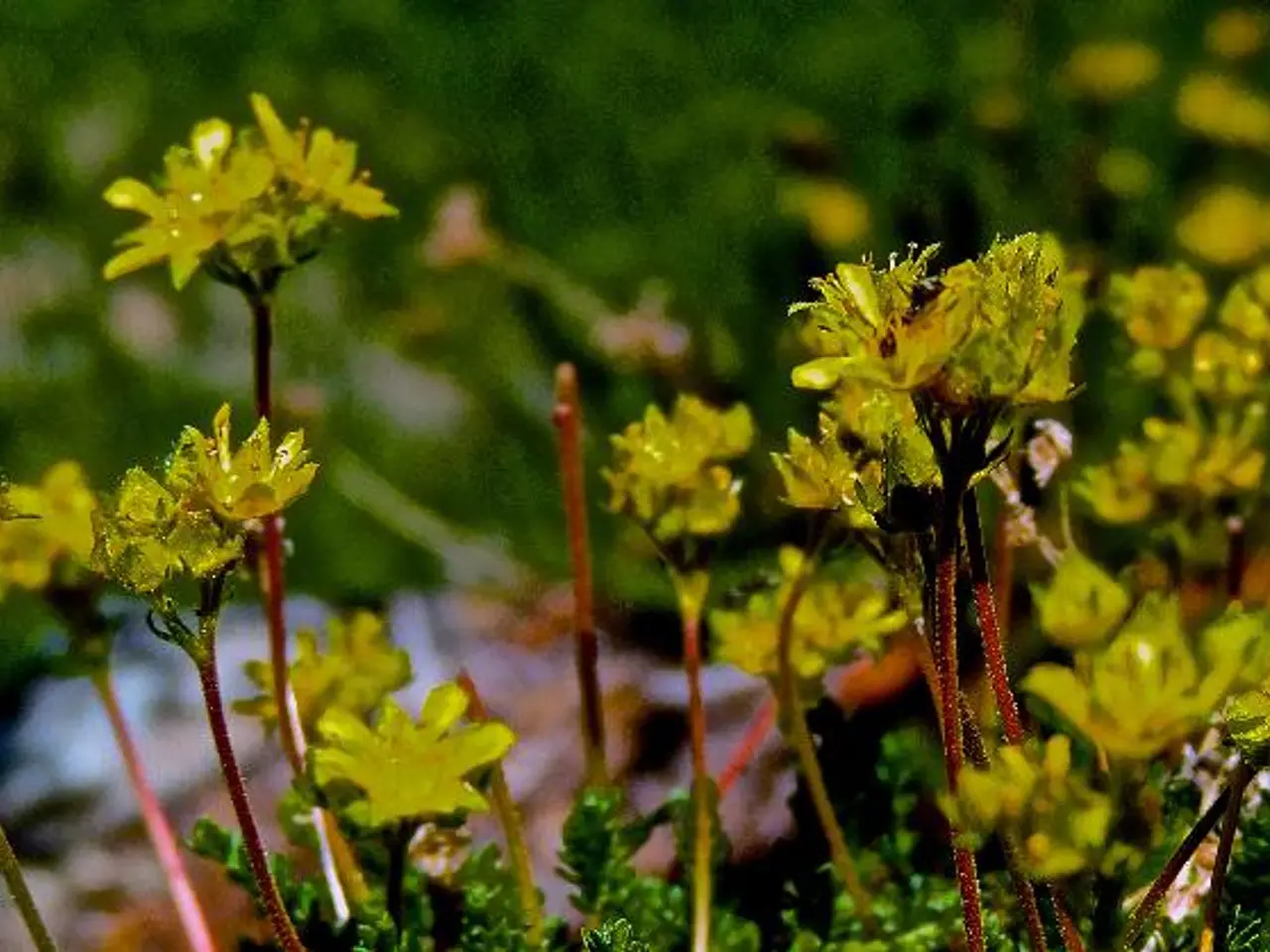Cultivating and Maintenance Tips for Forsythia
In the vibrant world of gardening, one plant that stands out for its early spring blooms is the forsythia shrub. Here's everything you need to know about growing, caring for, and propagating this easy-to-maintain deciduous shrub.
Forsythia is a fast-growing shrub that tolerates various growing conditions, making it an ideal choice for garden borders. As a deciduous shrub, it sheds its leaves in autumn and regrows them in spring. The most common forsythia variety produces bright yellow flowers early in the season, adorning the garden with numerous small, bell-shaped blooms along bare twiggy stems.
Caring for Forsythia
To ensure a healthy and beautiful forsythia, follow these key steps:
- Pruning: Forsythia should be given a good trim every year immediately after it flowers in spring. This encourages a compact shape and abundant blooms the following year.
- Watering: While forsythia is generally drought-tolerant once established, it benefits from deep watering during extended dry periods, especially in late summer into early fall. Water slowly and deeply to reach roots, as shallow watering and sprinklers are often insufficient. Applying mulch rings 2-4 inches deep around the base also helps conserve moisture.
- Taking Cuttings and Propagation: August is an ideal time to take semi-ripe cuttings for propagation to grow new shrubs for free. Cuttings can also be rooted in water in late winter (February) to develop roots before planting. Alternatively, you can propagate forsythia by layering, which involves selecting healthy low-growing stems, bending them down to touch the ground, removing a sliver of bark 1-2 cm long, pegging down the stem, covering it with soil, and waiting for new roots to develop.
- Problem-solving tips: Forsythia is relatively fuss-free but watch for drought stress during dry months by checking soil moisture regularly. Use deep root irrigation if necessary to improve watering efficiency and reduce water loss. If your cuttings or plants fail, new forsythia plants are readily available in nurseries.
- Transplanting: If needed, transplant forsythia bushes carefully using expert guidelines to minimize shock and promote successful growth.
In summary, a yearly after-flowering pruning, deep watering in dry times, mulch application, and timely propagation are the core elements of successful forsythia care year-round.
Choosing the Right Forsythia
When choosing a forsythia variety, consider the ultimate plant size. The smallest ones are suitable for growing in pots, while the largest ones can grow up to three metres tall and wide. Forsythia is widely available from nurseries, garden centres, and online suppliers, with the most common plant size available in a 2 or 3 litre pot.
Remember, forsythias have a relatively short period of interest as neither twiggy branches nor large leaves have ornamental appeal. But with their vibrant yellow flowers, they certainly make a statement in the early spring garden.
[1] Gardening Know How
[2] BBC Gardeners' World
[3] Royal Horticultural Society
[4] Garden Myths
[5] The Spruce
Forsythia, with its early spring blooms, can be an excellent addition to a home-and-garden setting, given its ease of care and compatibility with various growing conditions. When it comes to gardening, one should prune forsythia after its spring blooms, promote deep watering during dry periods, apply mulch for moisture conservation, take cuttings in August for propagation, and transplant forsythia carefully for continued growth. Also, consider the ultimate plant size when choosing a forsythia variety; the smaller ones can be grown in pots, while the larger ones can reach up to three metres tall and wide.





